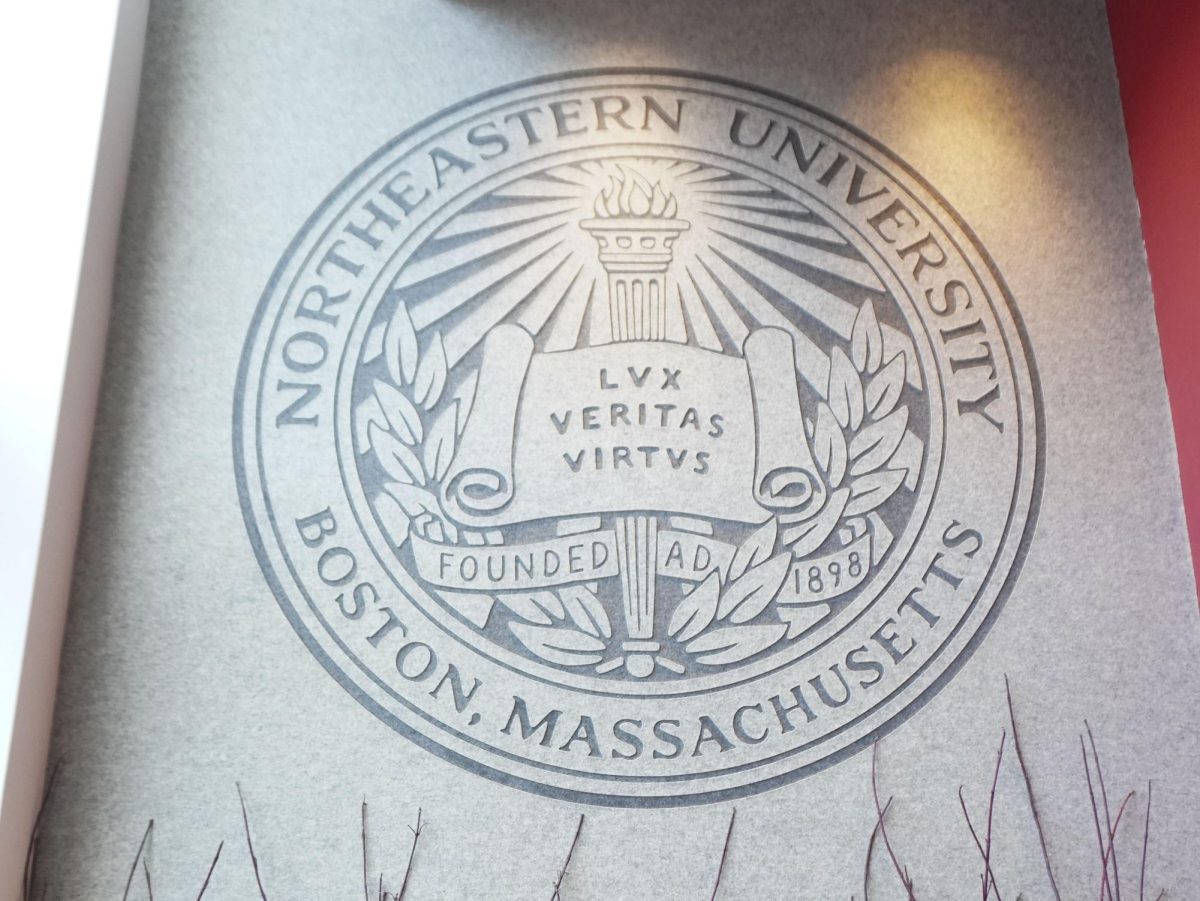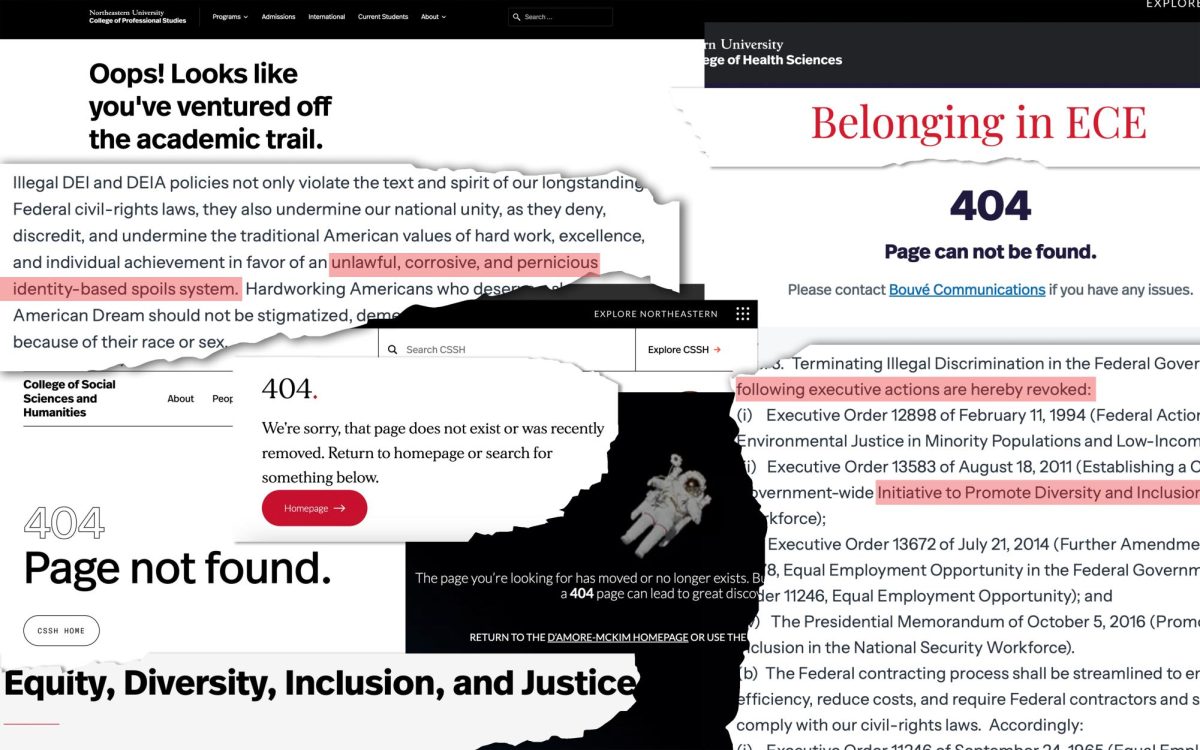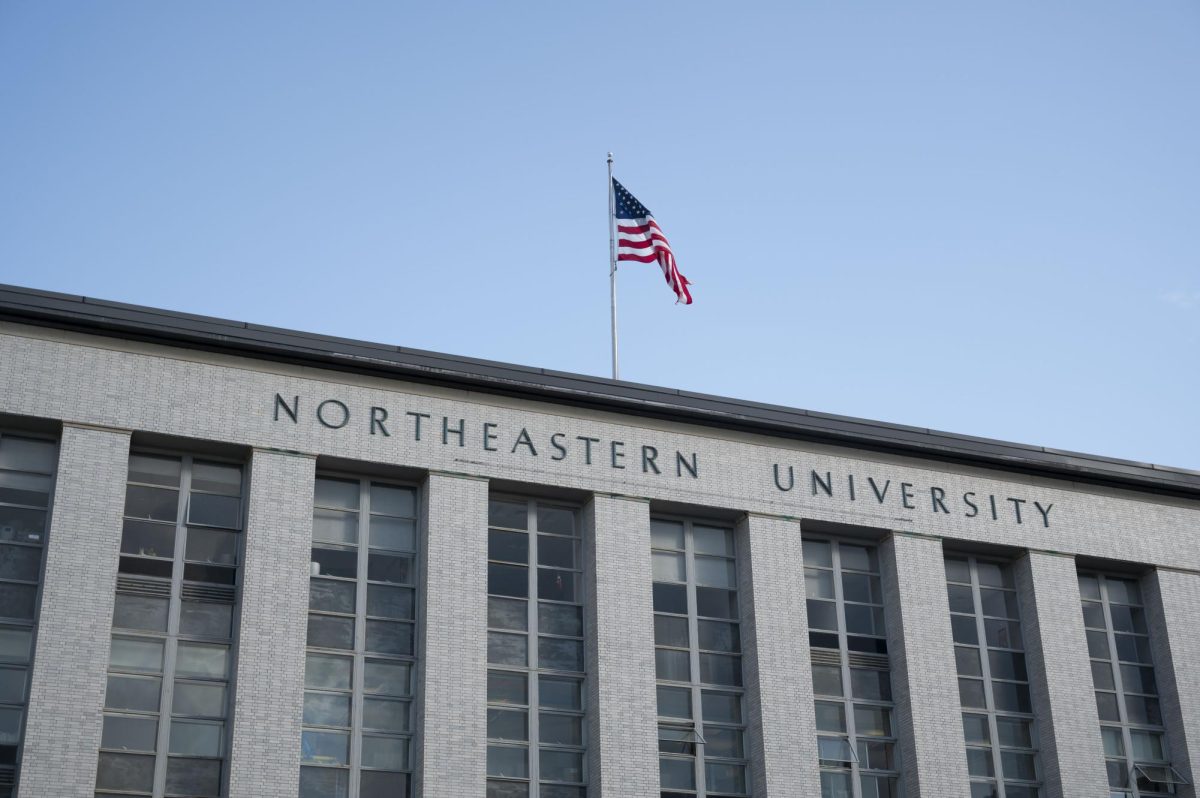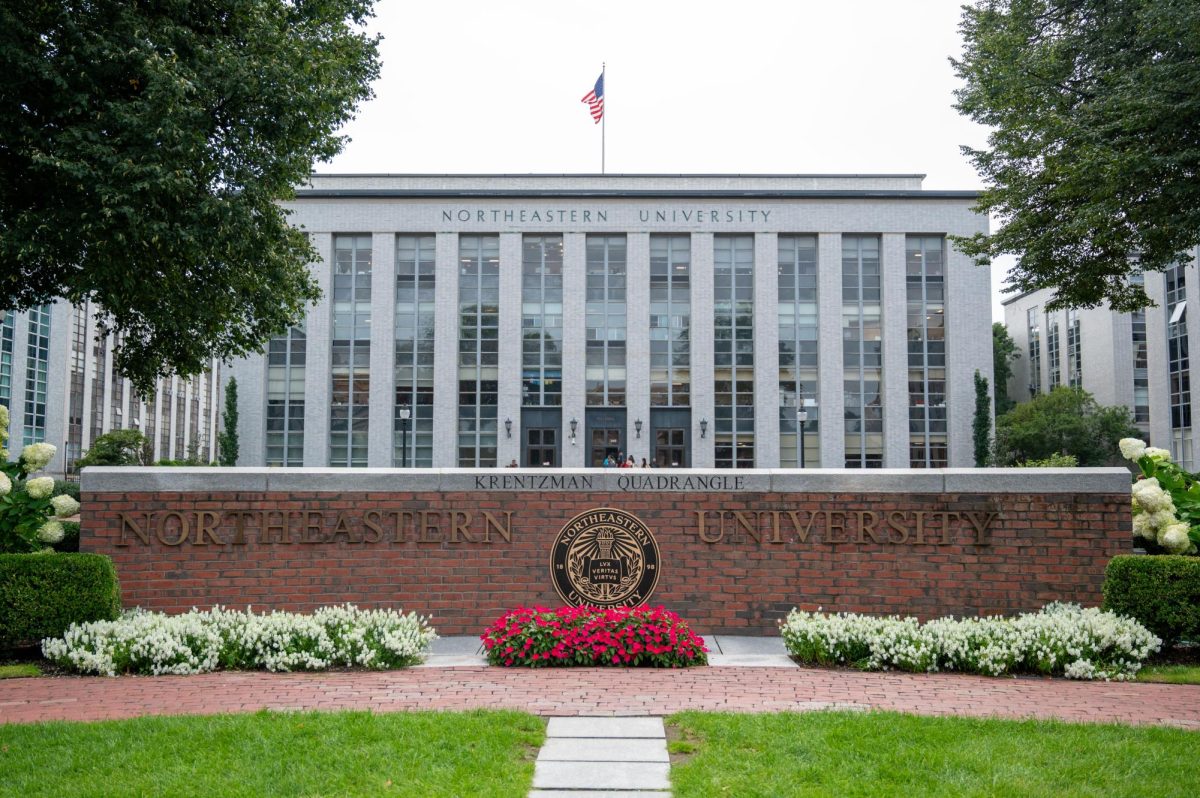By Katie Bubb
When journalism lecturer Gladys McKie first heard of the new 400 page print quota on campus, it caught her by surprise.
“They may have sent something out but I never saw anything,” McKie said. “I know the university and the SGA [Student Government Association] are concerned with waste. This wasn’t the best way to fix it.”
After her initial shock, McKie changed her syllabus to accept papers and assignments through e-mail and said she also prints some of the required material for her students herself.
“I am not happy about it, but we have to work with [the quota]. My goal is to help the students stay under their limit,” McKie said.
The idea of a print quota was brought forward by SGA and was implemented in September. SGA hoped it would shorten the lines for an available work station at InfoCommons and prove to the university that students can be responsible with the resources available. They also hoped to cut the amount of paper wasted by the university.
Statistics provided by Steve Lavenberg, SGA vice president for academic affairs, showed that during the last school year more than six million pages were printed. The average wait time for a student to get the pages printed was roughly 20 minutes. This does not include the time it took to find an available workstation, which could take an additional five to 10 minutes, Lavenberg said.
MJ Paradiso, former SGA vice president for academic affairs, along with Susan Dye, former SGA vice president for student services, headed a subcommittee last year, the Academic Technological Resource Committee, to address the issues and complaints of InfoCommons.
“The Academic Technological Resource Committee wanted to issue a printing limit that was appropriate to students’ needs,” Paradiso said. “We looked at usage habits and made sure the majority of students would not reach the limit.”
The subcommittee hoped to have 80 percent of the students stay below the quota. If a student surpasses the 400 page limit, they have to pay 10 cents for every printed sheet.
Paradiso said that as of now, individual printing has decreased and most students who use the printers have printed less than 100 pages.
Also, the amount of total pages printed in September is half of what it was in the same month last year, even after a computer lab in Dodge Hall was added for printing, Paradiso said. These statistics are in spite of the fact that 35.2 percent more students visited InfoCommons last month than the previous September, Paradiso said.
Some students said they are printing less now that they are aware of the problem.
“I am much more aware of what I am printing. I don’t just print out everything anymore. I am more conservative with my printing,” said Chelsea Dietz, a sophomore physical therapy major.
Along with the paper quota, President Joseph Aoun recently signed the American College ‘ University Presidents Climate Commitment, which asks colleges to take clear steps to become “climate neutral.” Lavenberg said he thinks reducing the amount of paper wasted is important to this commitment.
“The important point is that we are working on increasing our sustainability,” he said. “We are changing aspects of the university in order to abide by our commitment,.”
This program is monitored by the subcommittee to ensure that it remains beneficial to students, Lavenberg said.
Some students think the new quota is a good idea.
“[The quota] is brilliant because it’s forcing [students] to be selective in what you print. It’ll improve research especially involving online articles,” said Stephanie Pappas, a teaching assistant for a college writing class.
Beck Wong, sophomore physical therapy major, does not like the limit.
“I am not a fan of the quota,” she said. “I don’t like being restricted, especially with all the tuition we’re paying.”
Paradiso said many students feel similarly. But “with any new situation like this there will always be an initial negative feedback,” he said.









